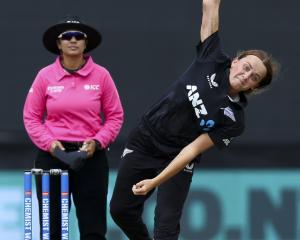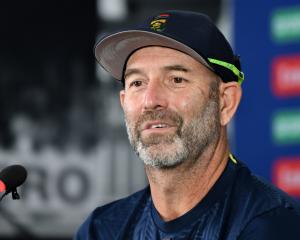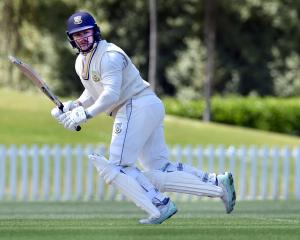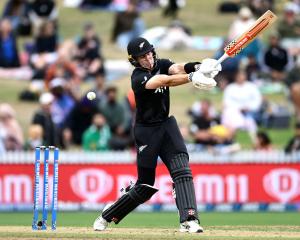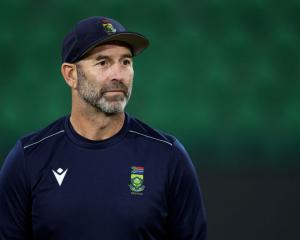Right-arm offspin bowling has been a ripping feature of cricket for a long time. All the cricket-playing countries have offspin bowlers from schoolboy to first-class level, and test history shows leading countries have produced offspin bowlers ranging from good to outstanding to great.
But England is the leader. In fact, one can say it is the home of orthodox, traditional offspin bowling. Graeme Swann, at present touring New Zealand with the England team, is an accomplished practitioner of this craft.
And yet this very craft is losing its importance and its use in test cricket, and it seems to be under threat to become a job for part-time bowlers.
There are two cardinal reasons for this unprecedented cataclysm within the game. And both are unstoppable forces.
One offbeat force has established itself within the structure of the game. It is offspin bowling with the delivery called the doosra - ''the other one'', meaning it spins from right to left as opposed to left to right.
It is delivered with a bowling action that makes it difficult for the batsman to know which way the ball is going to spin. This action has been, and still is, controversial, for it generally requires bending of some part of the bowling arm; for some, it constitutes a throw. But it has been legalised by the cricket lawmakers.
The twisting of Swann-esque offspin bowling is not limited to the doosra operators. A more sophisticated form is coming to the fore. This bowling combines the offspin delivery that turns, like the doosra, in the opposite direction. No problems with the bowling action here. If anything, the ball is released in a cultured manner: a straight, high-arm ball-release process, a wicket-to-wicket line, a graceful bowling run-up, and a minimum of physical exertion.
The magic is in the fingers that spin and release the ball, making it difficult for the batsman to know the type of the spin imparted. An added testing attribute of this bowling is its wicket-to-wicket ball release, which does not make it easy for the batsman to always pick the line of the delivery early or accurately.
The other force is the development of an aggressive and power-fuelled approach to batting. In today's craggy cricket landscape, it is not just a matter of hitting the ball harder, a la Viv Richards; other new factors have come into play. For instance, the highly trained and measured judgement of length and line of orthodox offspinning deliveries, two thuggish, run-scoring types of sweep strokes - slog and reverse - and, of course, the cannon-firing, thick-edged bats.
The general absence of the leg-slip fielder against right-handed batsmen, even on a pitch offering turn, is a pointer that it has become acceptable that today's batsmen are less likely to use the forward defensive stroke to smother the spin. Instead, with deft footwork and apt bat control, they would use the spin to pick up runs.
Add to all this the powerful forearms and shoulders of gym-trained international cricketers of today, and the future of orthodox offspin bowling looks far from assured.
Regardless of what the future holds for this type of bowling, it will be nice to see Graeme Swann (if he plays) plying his craft this week at the University Oval in the manner of his illustrious predecessors.




